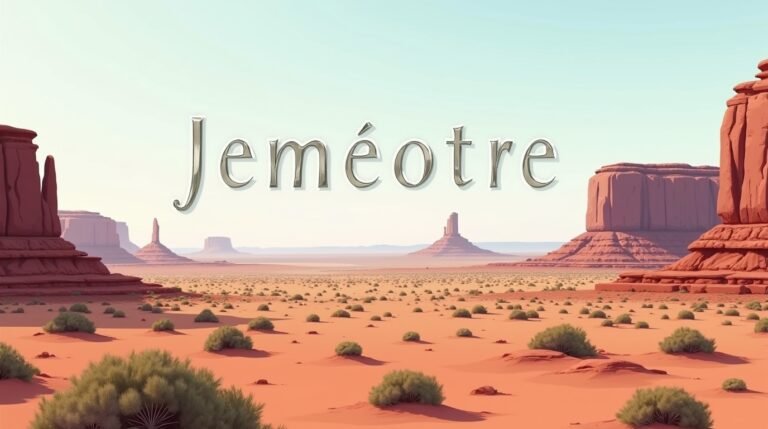Highlights of Nummazaki is a city where history breathes through ancient temples, culture thrives in lively festivals, and nature unfolds in dramatic landscapes. From its preserved heritage districts to modern urban charm, the city offers a rare blend of tradition and innovation. Wander through hidden alleys steeped in stories, savor bold flavors at bustling markets, or hike trails that reveal panoramic vistas. Whether drawn to quiet shrines, seasonal celebrations, or local craftsmanship, Nummazaki invites curiosity at every turn. Discover what makes this destination a mosaic of experiences waiting to be explored.
Exploring Natural Wonders and Scenic Landscapes
Nummazaki’s landscapes blend rugged terrain with serene beauty. Dense forests, cascading waterfalls, and expansive parks form the backbone of its natural appeal. The [Park Name] features winding trails through cedar groves, while [Reserve Name] shelters migratory birds and native wildlife. Sunrise at [Vista Point] paints the horizon in gold, a favorite among photographers.

Adventure seekers find variety here. Hiking routes like the [Trail Name] traverse rocky ridges, leading to panoramic overlooks. During winter, snow blankets the [Mountain Range], creating routes for cross-country skiing. In warmer months, crystal-clear rivers in [Valley Name] attract kayakers and anglers. Seasonal shifts bring new perspectives: cherry blossoms line paths in spring, and autumn sets hillsides ablaze with red maples.
Quiet corners away from crowds hold their own charm. The [Hidden Gorge], accessible via a narrow trail, reveals turquoise pools flanked by cliffs. Local guides often share routes to [Meadow Name], a wildflower-strewn plateau with sweeping views. These lesser-known spots highlight Nummazaki’s ability to balance accessibility with untouched wilderness, inviting quiet reflection or spontaneous discovery.
Culinary Delights: A Taste of Local Tradition
Nummazaki’s food culture mirrors its history, blending seasonal ingredients with techniques passed through generations. Dishes like [Dish Name], a savory stew simmered with locally foraged mushrooms, and [Dish Name], crispy rice cakes glazed in sweet soy, define regional flavors. Street vendors near [Market Square] serve skewers of grilled river fish, seasoned with wild herbs, while family-run eateries offer hearty claypot rice meals topped with pickled vegetables.
The [Market Name] buzzes with energy, stalls piled high with fresh produce, dried seafood, and barrels of aged miso. Vendors here trade stories as readily as goods, offering samples of candied nuts or fermented teas. Nearby, [Shop Name] specializes in hand-pressed sesame oil, a staple in local kitchens, and [Workshop Name] demonstrates pottery techniques used for traditional tableware.
Craftsmanship extends to edible souvenirs. [Shop Name] packages spiced seaweed snacks, and [Market Stall] sells jars of mountain honey infused with citrus. For a tangible memory, [Artisan Collective] offers lacquered chopsticks or indigo-dyed textiles, each piece reflecting the city’s artistic heritage. From market stalls to quiet workshops, Nummazaki’s culinary and craft traditions create a sensory journey rooted in place and pride.
Adventure and Recreation: Thrills for Everyone
Nummazaki balances adrenaline-fueled pursuits with relaxed, family-friendly pastimes. The [Adventure Park] combines zip lines and treetop obstacle courses, suitable for all ages, while [Lake Name] provides paddleboarding and rowboat rentals for calm water exploration. Nearby, cycling paths wind through cherry orchards, ideal for leisurely rides or picnics under blooming trees.
For rugged terrain, the [Mountain Pass] trail challenges hikers with steep ascents and rocky outcrops, rewarding efforts with views of distant valleys. Winter transforms the area: [Ski Resort] offers groomed slopes for skiing, and ice-climbing workshops operate near frozen waterfalls. Warmer months shift focus to [River Name], where guided whitewater rafting trips navigate rapids flanked by forested cliffs.
Evenings pulse with energy. The [District Name] district hosts live music at intimate jazz bars and open-air cafes serving locally roasted coffee. [Venue Name], a converted warehouse, features rotating art installations and indie film screenings. Seasonal events like the [Festival Name] fill streets with lantern parades and drum performances, blending modern entertainment with cultural roots.
From daytime hikes to moonlit festivals, Nummazaki’s dynamic offerings cater to thrill-seekers and families alike, ensuring every visit leaves room for both excitement and connection.
Practical Travel Insights: Maximizing Your Visit
Nummazaki’s seasons shape unique travel experiences. Spring (March-May) paints the [Park Name] in cherry blossoms, while autumn (October-November) sets hillsides aglow with red maples. Winter blankets [Resort Name] in snow, perfect for skiing, and summer’s warmth pairs well with river kayaking or shaded hikes.
Accommodations cater to diverse tastes. Modern stays like [Hotel Name] position guests near the city center, while [Inn Name] delivers traditional charm with tatami floors and multi-course dinners. For solitude, [Lodge Name] near [Mountain Name] pairs cozy cabins with private hot springs.
The city connects easily. Direct trains from [Major City] arrive in two hours, and buses reach rural villages. Rental cars simplify trips to [Attraction Name], a 40-minute drive east. Central districts are walkable, and bike rentals near [Station Name] offer flexibility.
Nearby gems include [Town Name], famed for ceramic artistry, and [Nature Reserve], where guided birdwatching tours spot rare species. These destinations enrich itineraries without complex planning.
Aligning travel dates, lodging preferences, and transport choices ensures a tailored visit, blending convenience with local character.
Hidden Gems and Local Secrets
Nummazaki’s quieter corners hold stories often missed by casual visitors. The [Alley Name], a narrow lane lined with century-old wooden shops, shelters a tiny teahouse serving matcha paired with sesame sweets. Nearby, [Garden Name], a secluded green space behind a temple, blooms with peonies in late spring, known only to neighborhood residents.
Local artisans keep traditions alive in unassuming spaces. At [Studio Name], a potter demonstrates centuries-old techniques, crafting earthy tableware sold only on-site. The [Collective Name], a cooperative of weavers, welcomes guests to observe intricate silk dyeing processes. For hands-on experiences, [Workshop Name] teaches bamboo basket weaving, using methods unchanged for generations.

Community initiatives highlight sustainable ties to the land. Farmers in [Village Name] host harvest lunches, sharing dishes made from heirloom grains and garden vegetables. The [Trail Project], maintained by volunteers, connects forgotten footpaths through terraced fields, offering hikes punctuated by rural shrines.
Even markets hide surprises. The [Market Annex], tucked behind a main hall, sells vintage kimonos and hand-carved wooden toys. A bakery in [District Name] bakes sweet potato loaves using a wood-fired oven, its aroma guiding early-morning regulars.
These understated elements—craft traditions, grassroots efforts, and tucked-away spots—reveal Nummazaki’s authenticity. Beyond guidebooks, the city thrives in quiet exchanges and preserved rhythms, inviting visitors to slow down and listen.
Conclusion
Nummazaki’s identity lies in its ability to harmonize past and present. Ancient temples stand beside modern cafes, while festivals and quiet traditions coexist with outdoor adventures. From misty mountain trails to bustling markets, the city offers layers of discovery—whether through a steaming bowl of regional stew, a hidden garden’s bloom, or a craftsman’s patient skill. Each visit reveals new textures, inviting travelers to engage with a place shaped by history, community, and an enduring respect for nature. Here, every corner holds potential for connection, leaving impressions that linger long after the journey ends.





